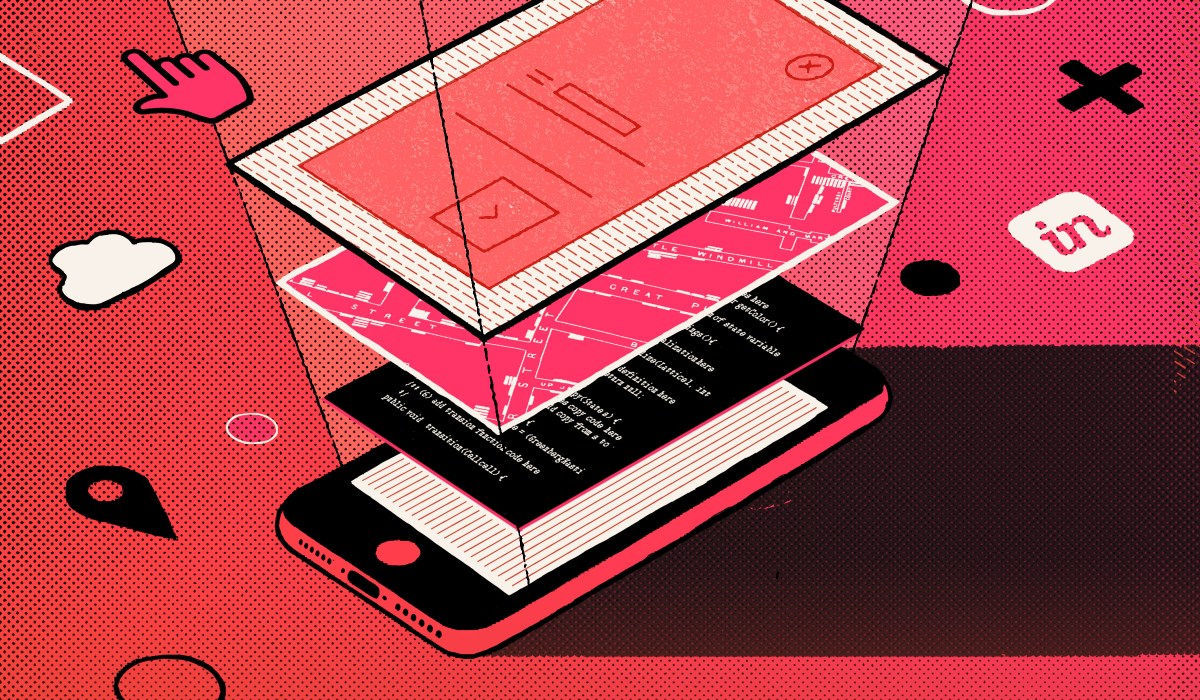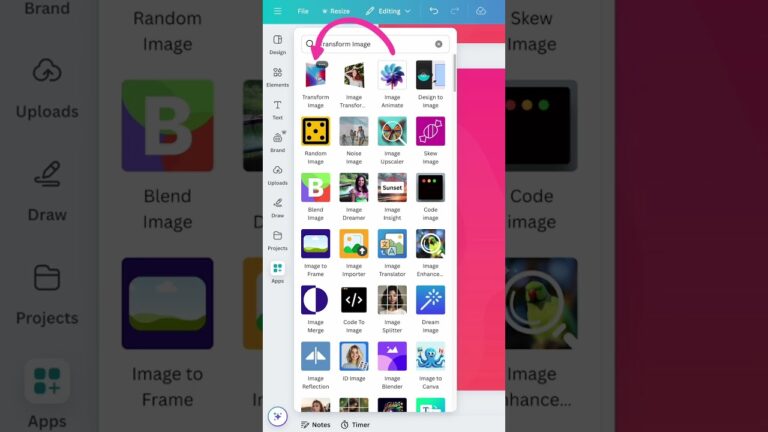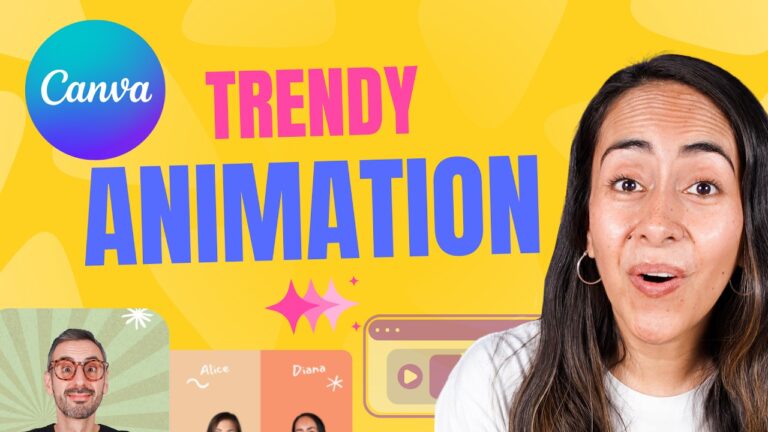
For Clark Valberg, the CEO of InVision, the defining space of the modern age is not any specific physical location. It’s the screen.
We spend most of our waking hours looking at screens — mobile devices, TVs, computers. The screen is a layer that sits on top of our physical reality and mediates our relationship with others and with our surroundings. We work and play at the screen. We check Google Maps before we head out the door. We date on Tinder. We check job listings on LinkedIn. It’s harder than ever to imagine any human experience that doesn’t somehow involve looking at a screen. Clark goes so far as to call the screen “the most important place in the world.”
When we check our notifications, we rarely think about the countless decisions that went into building our screen experiences. All those button placements, aspect ratios, and menus? Designers carefully craft and adjust these visual interfaces over time. We tend to notice them only when they change; we may become mildly irritated at first, but we soon adapt and forget the old interfaces we once considered better. It’s jarring to go back and look at websites from 20 years ago — and a powerful reminder of how much the design of our screen experiences matters, and how far the tools of this creation have advanced.
InVision is a design collaboration platform used by companies like Airbnb, Amazon, Starbucks, and Netflix to create screen experiences so smooth and intuitive that their users barely think about them. Everything just works, and ideally users navigate these digital spaces without friction.
Clark calls InVision “a tool and a place.” It’s a suite of software design tools, but it’s also an environment, like a digital studio or salon, where creators come together to collaborate on web and app experiences.
“It’s the place where you put your design so that others can look at it, engage with it, and give you feedback on it,” says Clark.
Changing the agency-client paradigm
Before InVision, Clark ran a design agency, an experience that frustrated him because of the traditional structure of the agency-client relationship. Clients describe their needs, and agencies translate these into documents and contracts that aim to establish the parameters of the project. But no contract can foresee, let alone address, all the inevitable internal and external contingencies that cause the client’s needs to shift. Business goals, stakeholders, market trends — these are just a few of the variables at play, and when a project requires change, it often puts clients and agencies at odds. The result is a frustrating push-and-pull relationship where both parties argue over budgets, deliverables, and success metrics.
Clark believed there had to be a better way. He wanted to figure out how to align the goals of the client with those of his agency, so he could “journey with them together side-by-side.”
“Hey,” said Clark, “instead of ending up in these weird litigious, semi-adversarial relationships with clients, what if we could figure out a different operating model, a different communication model?”
Any time there’s a client, there’s that dynamic of — you know what you want in your head. It’s impossible for me to get that out of your head and get it into my head. And by the way, even if I could, hopefully if we do something right, that will change over time, the more articulate that vision of the future becomes.
“I wanted to be on the same side of the table,” says Clark. So he began devising a different way of doing business. His team would build prototypes, write them in code, and then show them to stakeholders from across the client’s organization earlier than agencies typically would. Then they’d incorporate the client’s feedback into their initial prototype, and repeat the process until the client was satisfied with the design. This enabled the parties to have what Clark calls “holistic, multi-dimensional, diverse conversations” about the project within the context of the company’s broader goals.
“It would have been an absolute nightmare had we not employed this process,” says Clark. “There were just too many stakeholders with too great a diversity of perspectives on what needed to be built, and it just had to be a conversation that happened over time.”
Clark soon realized that such a change would require more than a conceptual shift in the way clients and agencies think about their relationship. Aligning both parties’ goals called for a technology solution that could finally put the designers and the client on the same page.
And at some point someone — not me — said, “Hey, what if we just took designs out of Photoshop and connected them together and turned them into a little simulation that was almost as high-fidelity as the coded prototypes that you were building? We’ll just run it as an experiment but it’ll take an eighth of the time to build and maybe we can use that as a communication device.”
His agency went on to build a frictionless, collaborative design platform for internal use that enabled them to share design work internally as well as externally with clients. When a colleague suggested that such a tool could be useful for other agencies, too, Clark responded firmly. “I said, ‘Absolutely not.’ This is our differentiator, this is our competitive advantage in this agency. Maybe let’s just keep this under [our] hat.”
Fortunately for InVision, one of Clark’s colleagues convinced him to pursue the platform as a flagship offering, and so the agency pivoted to product development. As of their last funding round, InVision was valued at $1.9 billion.
Supercharged Scaling
InVision was off and running, but very quickly hit a wall. Clark was based in New York City, and with huge tech companies like Google and Facebook setting up shop in Manhattan, he struggled to compete for the best engineers.
We just found that every conversation we were having with an engineer, designer, anybody, everyone — they were also talking to Google, they were also talking to Yahoo and Facebook. Anybody with a New York office with a more fashionable name and better ping-pong tables to our no-ping-pong tables was just destroying us for talent, and I found that we were spending all of our time wining and dining engineers we weren’t hiring.
In the company’s early days, Clark conducted a pre-postmortem, a thought experiment where he imagined a hypothetical future where InVision had failed, and then used available data to extrapolate the factors that would produce such a scenario. Clark realized that an inability to scale quickly would be a likely cause of failure. This discovery led to InVision’s adoption of the distributed work model. They began by hiring full-time engineers they knew already from previous collaborations or from developer conferences — folks hailing from places like Phoenix and Houston.
Clark is quick to clarify that he’s not a remote-work zealot. “I’m just not religious about the topic at all,” he says.
We needed it as a talent hack, as a talent arbitrage. Hire the best people wherever they happen to be, figure everything out later, hire them quickly, get them in the ship as early as possible and start seeing results. How can I just hire the best people no matter where they are?
Clark’s pragmatic attitude aside, the factors that led to InVision going distributed are experienced widely, especially by startups. In a financial environment where startups sometimes have to scale extremely quickly to meet their — and their investors’ — goals, the distributed model presents a path to growth that balances speed and sustainability.
Toward work/life integration
Clark began to conceptualize a new way of looking at work that he then leveraged to attract remote job applicants. The components of this work style were simple: InVision would pay remote workers above their local market rate, but likely less than a Manhattan rate. Employees would no longer need to worry about a commute, and they could have some flexibility around their schedule. Clark speaks of “work/life integration”: the idea that remote employees might work unorthodox hours, but they also have more freedom to decide when that work would happen.
The people that we [were] work[ing] with, they were moonlighting for us while working full time, they clearly have more passion, more interest in being involved in the work they do than 9-5, so maybe it’s not about a certain time of the day where you just die from work. Maybe it’s about having more control over when and how.
As Clark mapped out his company’s distributed future, a colleague advised him to either go fully distributed — or not at all. Under a fully distributed scheme, the executive team is equally accessible to all team members. Everyone feels the same proximity to the work and to the decision-making processes at the highest levels. Clark worried that partially distributed companies, despite their best intentions, run the risk of turning remote employees into second-class citizens. He wanted to avoid situations like a conference call where a bunch of co-located colleagues are sitting in a room sharing office in-jokes, while a remote teammate struggles to get a word in. Having no central office helps InVision uphold these egalitarian values.
Developing a sharper mental model
Clark is aware of the downsides of distributed work too. For example, fostering serendipitous communication and collaboration requires intention. In an office, unprompted watercooler conversations happen naturally.
In order to compensate for this limitation, InVision has established processes to ensure that employee goals foster good communication. Like many distributed companies, InVision hosts regular meetups at the company and team levels. They also encourage everyone to attend customer-facing events like panels and “Design & Drink” get-togethers. “Not a week goes by that there isn’t some sort of InVision customer event happening at some bar someplace in the world,” says Clark.
Such frequent gatherings represent a sizable expense for any startup, but Clark believes that they’re vital for team-building.
Even if we’re in person, we’re not really relating to the person we’re looking at, we’re relating to our little mental model of that person that rests in our mind. The more time that we spend together, the more articulate, the more detailed that mental model of you becomes.
Online text communication allows for a relatively low-fidelity mental model. Audio and video communication provide even higher fidelity. But co-location, even in the form of occasional gatherings, allows collaborators to form higher-definition mental models, which they can use long after meeting their colleagues in person.
So when we’re online you get to a certain level of precision. [I can] take a long time to get to know you as a person and get to know how you behave and act in different contexts, how you react to certain things as individuals or as groups. When we get together, the fidelity of that model increases exponentially. And we take that mental model into the online environment. That’s the reason for the on-site, in-person experiences.
Re-thinking meetings
For two hours every two weeks, InVision teams hold a strategic alignment meeting. One idea the company is currently considering is to invite an external facilitator to interview each team member one-on-one prior to a meeting. They would ask questions designed to unearth pain points and insights that could then be discussed in the meeting. The goal is to lay the foundation for creative collaboration. When the time comes and the team gets together, it’s those questions and answers, rather than the usual checklist of action items, that drive the agenda.
There has to be a mechanism for tilling that soil with those executives ahead of time, or with anybody in that case, ahead of time. So how do we create a list of questions? For example, what’s the biggest threat to the timelines that you’re facing? What’s the biggest HR or people or resource or talent issue that you’re facing? What’s the thing that you need the most from whom on this team?
InVision has developed a reputation for unorthodox meeting protocols. While Clark admits that it’s not a hard-and-fast rule, the company discourages slide deck presentations in meetings. As he told Quartz in 2018, “Instead of presenters always holding the ball in their hand, we want them to throw the ball into the audience and create more of a game.”
Staying visual, being sure that you just have a strong bias to visual communication, visual storytelling, getting visually-driven artifacts that are real and true to the customer experience… You generate better conversations than you would with a deck. It happens to be that we’re all trained when we see a deck. It’s like a movie, like “Now is our time to take out the popcorn, kick back and let someone else do the talking.”
Instead, the company encourages sketching with a digital whiteboard tool called Freehand. “Sketches are, by definition, low-fidelity,” he says. “Therefore, they keep presenters from getting attached to their ideas and invite their coworkers in to participate.”
With Freehand, or other visual tools like prototypes and wireframes, the speaker is able to focus the meeting on the user experience. Clark suggests that every discussion should be framed as a customer-experience conversation, whether a team is discussing pricing, marketing, or any other aspect of the product.
Pricing is not a number conversation. Pricing has financial impact, pricing needs to be within financial guardrails, but ultimately pricing is not about a number, it’s about a customer experience. All of the leverage you have around pricing, all of the acceptance from the market that is required to make that price the right price, comes down to somebody looking at a screen at some point and feeling good or bad about it.
This is what Clark means when he talks about InVision being a design-driven organization. Every team in the company, from finance to marketing to HR, thinks of their work as part of their customers’ journey.
If you can do that, you can have a much greater diversity of people in the conversation, your head of finance doesn’t feel like they’re on a product call, the product people don’t feel like they’re on a finance call, everyone feels like they’re in a creative problem-solving call.
Designing for Distributed
Distributed tools are especially valuable to remote designers because building for the screen is usually a team sport. From whiteboarding to feedback cycles, design teams are at their best when collaborating in real time, but that’s hard to do when everyone’s working remotely. Being distributed themselves has helped InVision develop tools that work well for distributed teams at companies like Treehouse, Trello, Zapier, and Automattic. Real-time remote design collaboration wasn’t realistic a decade ago, but today companies like InVision make it possible for distributed teams to prototype screen experiences, facilitate product discussions, share progress, and track feedback.
With InVision’s Build Mode, designers can easily share a functioning experience in an environment that lets everyone tinker with a working prototype. This allows design teams as well as external clients to get a better sense of how a site or app will look and feel for the end user. Agencies equally appreciate InVision’s Comment Mode, which lets clients leave feedback on any part of the design — an improvement on the clunky process of emailing files back and forth, a workflow that plagued agency life before the arrival of cloud-based software.
In an InVision blog post from earlier this year, remote designer Justin Huskey describes how his team’s distributed structure isn’t a hurdle to overcome, but instead serves as a natural environment for creativity to thrive. Asynchronous collaboration compels his team to systematize clear lines of communication.
“When you work in an office and can pop over to a colleague’s desk for a status update, it’s easy to get lazy about documenting your design process,” says Justin. “Working remotely, however, has forced our team to get really good at clearly defining each phase of our process.”
Clark’s willingness to experiment within a distributed framework has enabled InVision to challenge an incumbent of Adobe’s scale, and has signaled a path forward for other scrappy startups that embrace alternative ways of doing business. Along the way, InVision has helped usher in a new distributed future for digital design.

